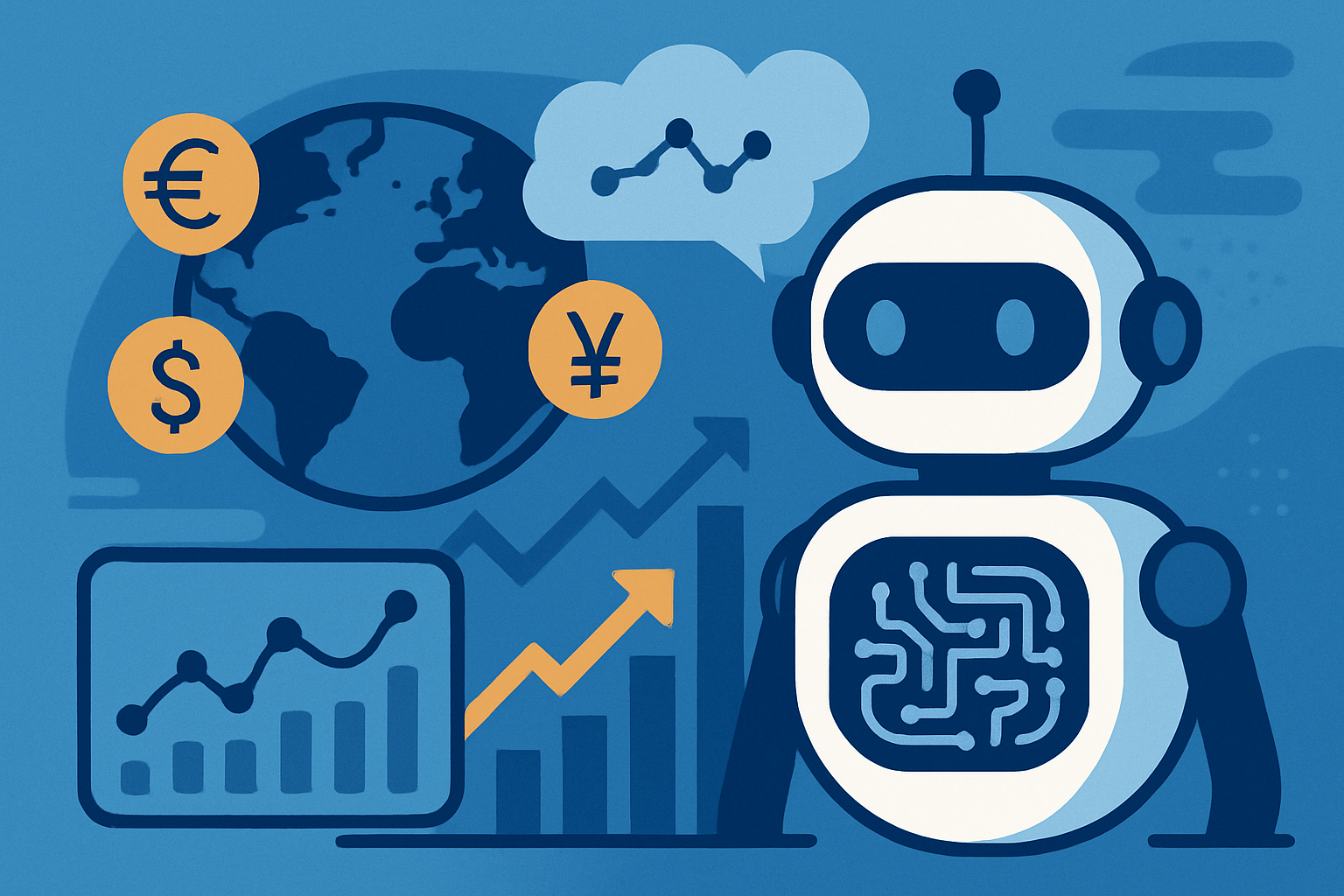
We all make decisions with shades of “maybe.” That’s the idea behind the system described by Hernandez-Aguila et al.: using fuzzy logic combined with a team of simple “agents” (think: virtual traders) to predict currency prices. Each agent follows clear rules and, importantly, can express doubt. This “intuitionistic” fuzzy logic allows a rule to not only indicate how much something is true, but also how much it isn’t—and how uncertain we are—so the model remains human-readable instead of a black box.
Here’s the twist that feels very real-life: the agents don’t have to act all the time. They use “specialization” thresholds to determine when market conditions resemble situations they are familiar with. If the match is weak, they sit out—just like you might skip riding a scooter on a rainy day. These thresholds coordinate the team: agents avoid trades where they’d likely do poorly, and the model only speaks up when it recognizes a strong pattern. In practice, the system ranks how strongly each input fits an agent’s rules and picks a cut-off (a depth level) that triggers action only in the most familiar scenarios.
Why bother with “fuzzy” in the first place? Because real data is messy. Instead of forcing a yes/no, fuzzy sets allow us to say “somewhat high” or “very low,” then convert many such shades into an output. Intuitionistic fuzzy sets go further by tracking non-membership and “hesitancy,” which captures doubt—useful for markets that change mood quickly. This combo keeps rules readable (“if the trend is high, then buy is high”) while acknowledging uncertainty, such as when you plan to study more when your focus feels “medium” and you’re unsure it’ll last.
Does it work? The authors tested their approach on major currency pairs and compared it with deep learning and other popular methods. Their errors (measured by mean absolute error) were in the same ballpark as those of state-of-the-art models, and using specialized agents helped performance. They also assessed the real-world impact by comparing their specialized models to a simple “buy and hold” approach over many years; their models performed better in terms of revenue. The takeaway for daily life is simple: clear, interpretable rules that know when to act—and when to pause—can rival the complexity of black boxes. Try adopting that mindset in your own decisions: define simple rules, acknowledge uncertainty, and act only when the pattern aligns.
Reference:
Hernandez-Aguila, A., Garcia-Valdez, M., Merelo-Guervos, J. J., Castanon-Puga, M., & Lopez, O. C. (2021). Using Fuzzy Inference Systems for the Creation of Forex Market Predictive Models. IEEE Access, 9, 69391–69404. https://doi.org/10.1109/ACCESS.2021.3077910
Privacy Notice & Disclaimer:
This blog provides simplified educational science content, created with the assistance of both humans and AI. It may omit technical details, is provided “as is,” and does not collect personal data beyond basic anonymous analytics. For full details, please see our Privacy Notice and Disclaimer. Read About This Blog & Attribution Note for AI-Generated Content to know more about this blog project.